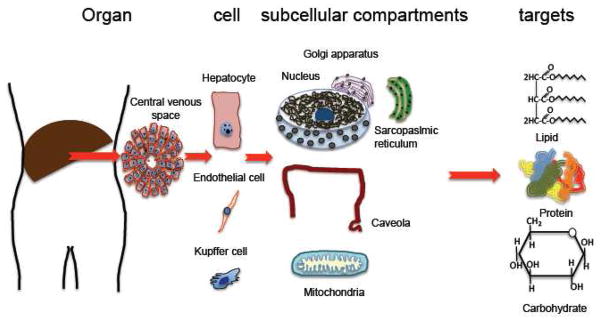Figure 3. Location of NOS in liver, liver cells and subcellular compartments.
NOS1, NOS2 and NOS3 are present in liver. NOS1 has been shown in rat hepatocytes ([140] and Villanueva et al., 2010, submitted manuscript). NOS2 and NOS3 have been demonstrated in normal human hepatocytes [26]. NOS2 is present in Kupffer cells, whereas NO3 is present at the endothelial cells of the hepatic sinusoids [26, 141]. Within the cells, the NOS isoforms are located in different subcellular compartments such as the Golgi apparatus, caveolae or mitochondria [94]. NOS1 and NOS2 can be translocated from cytoplasm to nuclei in pathological conditions such as diabetes (see Figure 4) and cirrhosis [26], respectively. Within the cell, nitric oxide produced by NOS can interact with various specific targets (soluble guanylate cyclase, cytochrome c oxidase) and other biomolecules such as lipids, proteins and carbohydrates.

